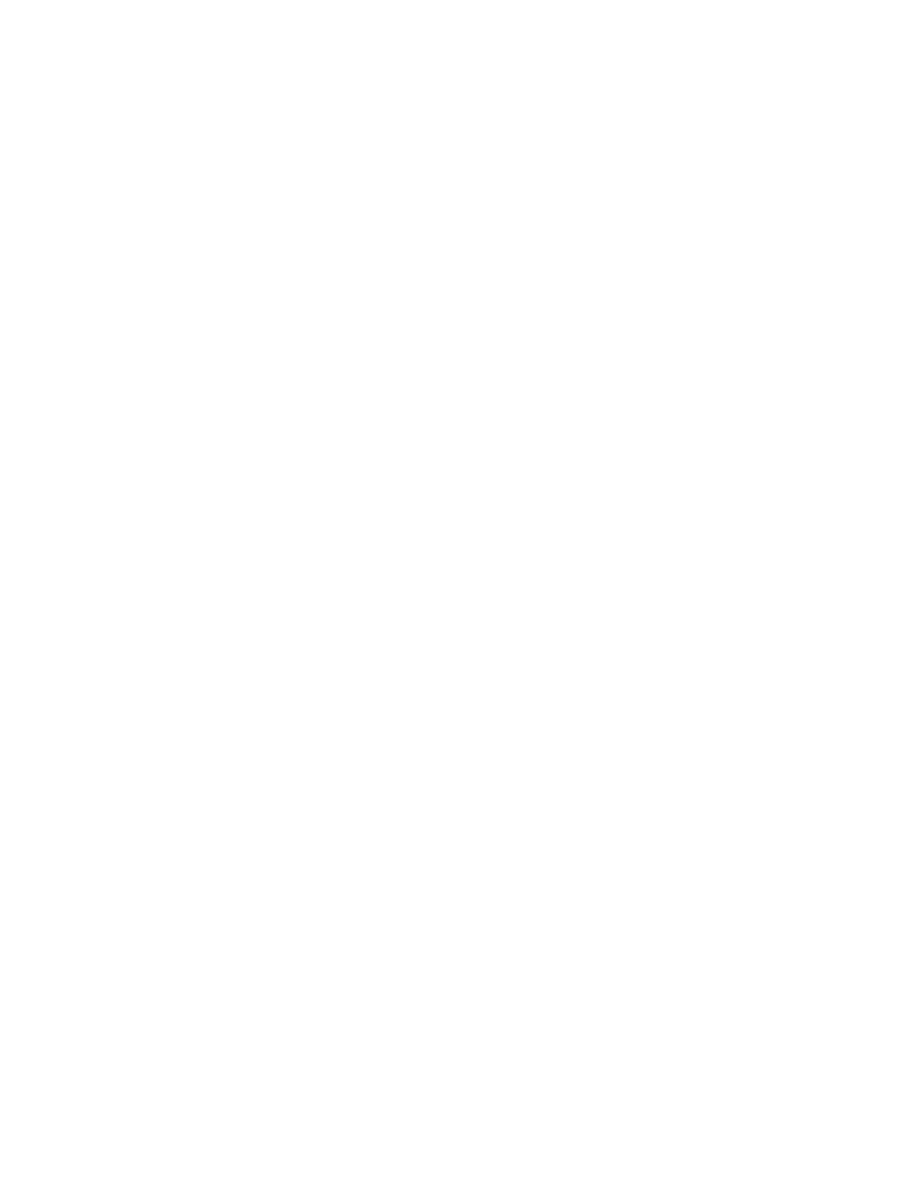
680
14 CFR Ch. I (1–1–14 Edition)
§ 27.951
(b) The turbine engine air inlet sys-
tem may not, as a result of airflow dis-
tortion during normal operation, cause
vibration harmful to the engine.
(c) For governor-controlled engines,
it must be shown that there exists no
hazardous torsional instability of the
drive system associated with critical
combinations of power, rotational
speed, and control displacement.
[Amdt. 27–1, 32 FR 6914, May 5, 1967, as
amended by Amdt. 27–11, 41 FR 55469, Dec. 20,
1976]
F
UEL
S
YSTEM
§ 27.951
General.
(a) Each fuel system must be con-
structed and arranged to ensure a flow
of fuel at a rate and pressure estab-
lished for proper engine functioning
under any likely operating condition,
including the maneuvers for which cer-
tification is requested.
(b) Each fuel system must be ar-
ranged so that—
(1) No fuel pump can draw fuel from
more than one tank at a time; or
(2) There are means to prevent intro-
ducing air into the system.
(c) Each fuel system for a turbine en-
gine must be capable of sustained oper-
ation throughout its flow and pressure
range with fuel initially saturated with
water at 80
°
F. and having 0.75cc of free
water per gallon added and cooled to
the most critical condition for icing
likely to be encountered in operation.
[Doc. No. 5074, 29 FR 15695, Nov. 24, 1964, as
amended by Amdt. 27–9, 39 FR 35461, Oct. 1,
1974]
§ 27.952
Fuel system crash resistance.
Unless other means acceptable to the
Administrator are employed to mini-
mize the hazard of fuel fires to occu-
pants following an otherwise surviv-
able impact (crash landing), the fuel
systems must incorporate the design
features of this section. These systems
must be shown to be capable of sus-
taining the static and dynamic decel-
eration loads of this section, consid-
ered as ultimate loads acting alone,
measured at the system component’s
center of gravity, without structural
damage to system components, fuel
tanks, or their attachments that would
leak fuel to an ignition source.
(a)
Drop test requirements. Each tank,
or the most critical tank, must be
drop-tested as follows:
(1) The drop height must be at least
50 feet.
(2) The drop impact surface must be
nondeforming.
(3) The tank must be filled with
water to 80 percent of the normal, full
capacity.
(4) The tank must be enclosed in a
surrounding structure representative
of the installation unless it can be es-
tablished that the surrounding struc-
ture is free of projections or other de-
sign features likely to contribute to
rupture of the tank.
(5) The tank must drop freely and im-
pact in a horizontal position
±
10
°
.
(6) After the drop test, there must be
no leakage.
(b)
Fuel tank load factors. Except for
fuel tanks located so that tank rupture
with fuel release to either significant
ignition sources, such as engines, heat-
ers, and auxiliary power units, or occu-
pants is extremely remote, each fuel
tank must be designed and installed to
retain its contents under the following
ultimate inertial load factors, acting
alone.
(1) For fuel tanks in the cabin:
(i) Upward—4g.
(ii) Forward—16g.
(iii) Sideward—8g.
(iv) Downward—20g.
(2) For fuel tanks located above or
behind the crew or passenger compart-
ment that, if loosened, could injure an
occupant in an emergency landing:
(i) Upward—1.5g.
(ii) Forward—8g.
(iii) Sideward—2g.
(iv) Downward—4g.
(3) For fuel tanks in other areas:
(i) Upward—1.5g.
(ii) Forward—4g.
(iii) Sideward—2g.
(iv) Downward—4g.
(c)
Fuel line self-sealing breakaway
couplings. Self-sealing breakaway cou-
plings must be installed unless haz-
ardous relative motion of fuel system
components to each other or to local
rotorcraft structure is demonstrated to
be extremely improbable or unless
other means are provided. The cou-
plings or equivalent devices must be
installed at all fuel tank-to-fuel line
VerDate Mar<15>2010
10:12 Mar 18, 2014
Jkt 232046
PO 00000
Frm 00690
Fmt 8010
Sfmt 8010
Y:\SGML\232046.XXX
232046
pmangrum on DSK3VPTVN1PROD with CFR